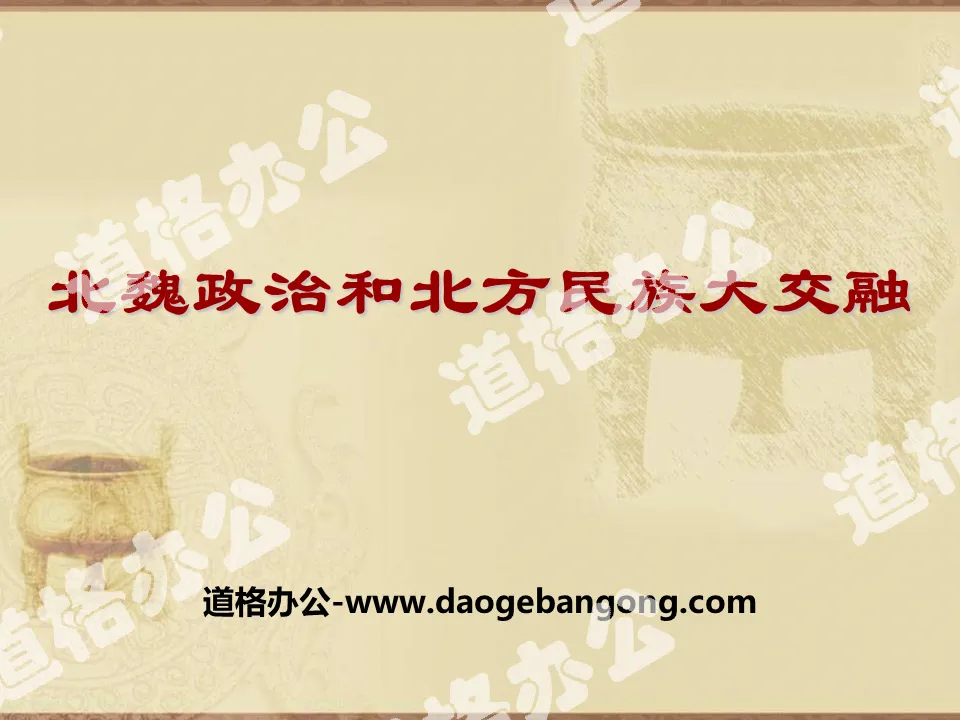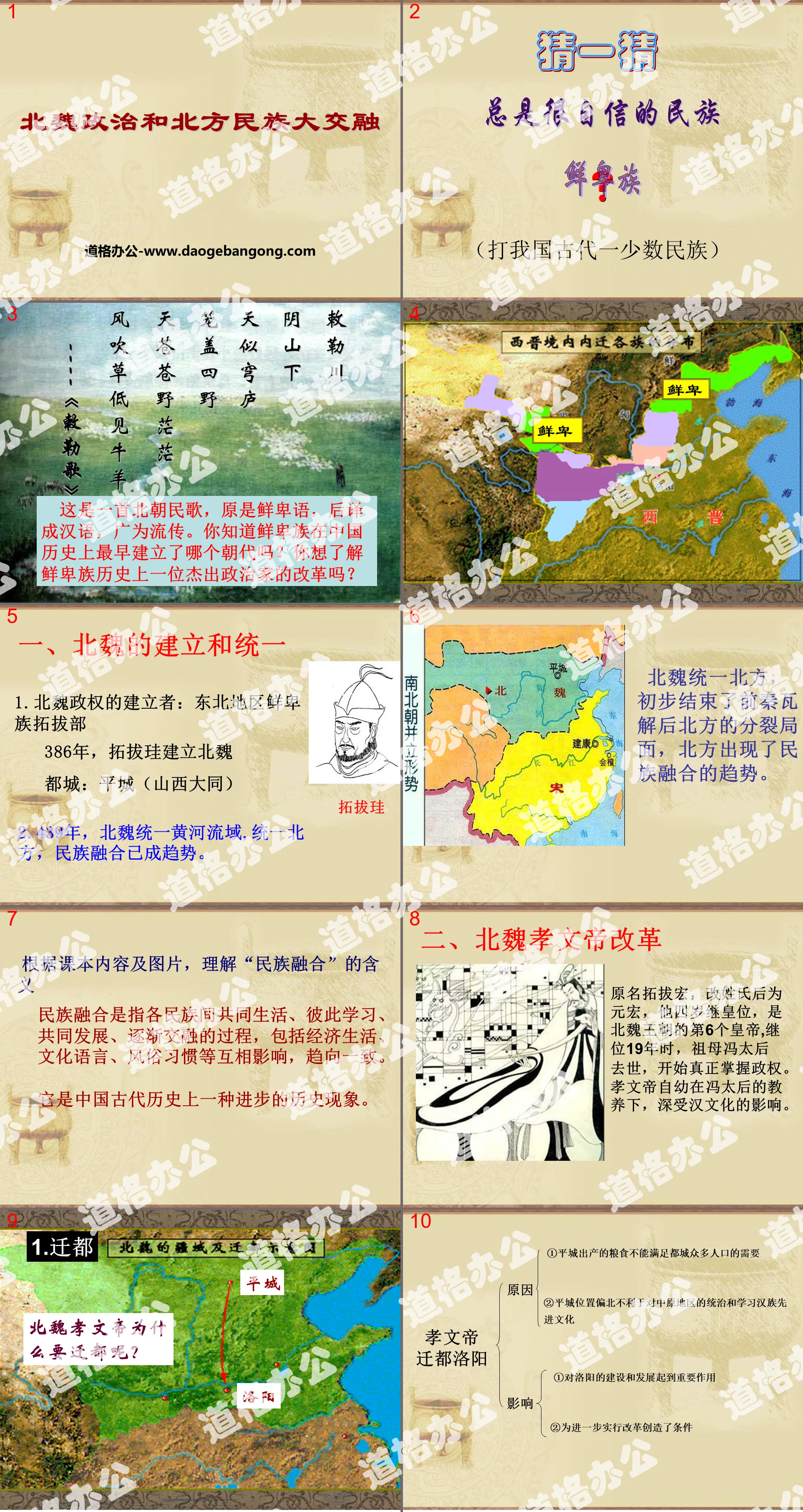The second volume of history for eighth grade compiled by the People's Education Publishing House
Zhonghua Book Company Edition Eighth Grade History Volume 2
People's Education Edition Eighth Grade History Volume 1
People's Education Press Seventh Grade History Volume 1
Zhonghua Book Company Edition Seventh Grade History Volume 2
Volume 1 of the seventh grade history compiled by the People's Education Publishing House
Yuelu Edition Seventh Grade History Volume 2
People's Education Edition History and Society 9th Grade Part II
People's Education Press Seventh Grade History Volume 2
East China Normal University Edition Seventh Grade History Volume 1
People's Education Edition Eighth Grade History Volume 2
People's Education Press History and Society Grade 7
People's Education Press Ninth Grade History Volume 2
People's Education Press History and Society Grade 9
People's Education Press History and Society for Grade 8 Volume 1
Yuelu Edition Seventh Grade History Volume 1

| Category | Format | Size |
|---|---|---|
| People's Education Press Seventh Grade History Volume 1 | pptx | 6 MB |
Description
"Northern Wei Dynasty Politics and the Great Integration of Northern Nationalities" PPT teaching courseware
Part One: The Establishment and Unification of the Northern Wei Dynasty
1. The founders of the Northern Wei Dynasty: the Tuoba Tribe of the Xianbei Nationality in Northeast China
In 386 AD, Tuoba established the Northern Wei Dynasty
Capital: Pingcheng (Datong, Shanxi)
In 2.439, the Northern Wei Dynasty unified the Yellow River Basin and the north, and national integration became a trend.
The Northern Wei unified the north and initially ended the division in the north after the collapse of the former Qin Dynasty. There was a trend of ethnic integration in the north.
Understand the meaning of "national integration" based on the textbook content and pictures
National integration refers to the process in which various ethnic groups live together, learn from each other, develop together, and gradually integrate, including the mutual influence of economic life, culture, language, customs, and habits, and their convergence.
It is a progressive historical phenomenon in ancient Chinese history.
PPT on the politics of the Northern Wei Dynasty and the great integration of the northern ethnic groups, the second part: the reform of Emperor Xiaowen of the Northern Wei Dynasty
His original name was Tuoba Hong, but he changed his surname to Yuan Hong. He succeeded to the throne at the age of four and was the sixth emperor of the Northern Wei Dynasty. Nineteen years after he succeeded to the throne, his grandmother, Queen Mother Feng, passed away and he began to truly take control of the political power. Emperor Xiaowen was deeply influenced by Han culture under the upbringing of Empress Dowager Feng since he was a child.
1.Move the capital
Why did Emperor Xiaowen of the Northern Wei Dynasty move the capital?
Emperor Xiaowen moved the capital to Luoyang
reason
①The food produced in Pingcheng cannot meet the needs of the large population of the capital.
② Pingcheng’s northerly location is not conducive to ruling the Central Plains and learning advanced Han culture.
Influence
① Play an important role in the construction and development of Luoyang
② Create conditions for further reforms
2. Reform measures after moving the capital:
If you were Emperor Xiaowen, what measures would you take to learn Han culture after moving the capital?
Reforms of Emperor Xiaowen of the Northern Wei Dynasty
background
① In 439, the Northern Wei Dynasty unified the Yellow River Basin and unified the north.
② The integration of ethnic groups in the Yellow River Basin has become a trend.
content
①Move the capital to Luoyang
②Chinese measures
Impact: It promoted the integration of northern ethnic groups, was conducive to the development of the northern economy, and accelerated the feudalization process of northern ethnic minorities.
The politics of the Northern Wei Dynasty and the great integration of northern ethnic groups PPT, the third part of the content: Thinking Click
Emperor Xiaowen was a conqueror for the northern Han people. Why didn't he use force to promote Xianbei culture in the Han areas of the Central Plains, but instead wanted to learn from the Han people and implement the Sinicization policy?
First, Emperor Xiaowen was influenced by Han culture since childhood and was keen on Central Plains culture;
Secondly, Emperor Xiaowen learned from the experience of the former Qin Emperor Fu Jian who blindly used force and ultimately failed, and knew that the Xianbei people must adapt to the culture of the Han people who dominated the Central Plains;
Thirdly, after long-term development, Han culture has become more advanced than nomadic culture in all aspects. Emperor Xiaowen's implementation of the sinicization policy was objectively in line with the current situation.
Emperor Xiaowen was an outstanding minority political reformer in ancient my country.
The politics of the Northern Wei Dynasty and the great integration of northern ethnic groups PPT, the fourth part: choose carefully
Which of the following statements about the reform role of Emperor Xiaowen of the Northern Wei Dynasty is incorrect ( )
A. Accelerated the feudalization process of northern ethnic minorities
B. Promoted the great integration of northern ethnic groups
C.Promoted the development of northern economy
D. Emperor Xiaowen unified the Yellow River Basin
Read the following materials:
Engels said: In the long-term conquest, the more barbaric conquerors, in most cases, had to adapt to the relatively high "economic situation" that existed after the conquest. They were assimilated by the conquered, and most of them even The language of the conquered had to be adopted.
Please answer:
(1) Give an example of an ancient Chinese reform that is most consistent with Engels’s words?
(2) Do you know what aspects have changed before and after this reform?
Keywords: free download of history PPT courseware for the first volume of the seventh grade of the People's Education Press, PPT download of the politics of the Northern Wei Dynasty and the great integration of northern ethnic groups, .PPT format;
For more information about the PPT courseware "The Politics of the Northern Wei Dynasty and the Great Integration of the Northern Nationalities", please click the "The Politics of the Northern Wei Dynasty and the Great Integration of the Northern Nationalities" ppt tag.
"Northern Wei Dynasty Politics and the Great Integration of Northern Nationalities" PPT courseware download:
"The Politics of the Northern Wei Dynasty and the Great Integration of the Northern Nationalities" PPT courseware download Part 1 content: The Battle of Feishui Time: 383 The warring parties: Former Qin-Eastern Jin Dynasty Idioms or allusions related to: Throwing whips to cut off the flow, all grass and trees are soldiers, and the wind and cranes are shaking. Results: After the Eastern Jin Dynasty Little victory, big defeat...
"Northern Wei Dynasty Politics and the Great Integration of Northern Nationalities" PPT download:
"The Politics of the Northern Wei Dynasty and the Great Integration of Northern Nationalities" PPT Download Part One: The Battle of Feishui Background: The former Qin unified the Yellow River Basin and formed a confrontation with the Eastern Jin Dynasty. Time: 383 years Warring parties: Former Qin-Eastern Jin Dynasty Comparison of military strength: 800,000 vs. 80,000 Idiom allusions:..
"Northern Wei Dynasty Politics and the Great Integration of Northern Nationalities" PPT courseware:
"The Politics of the Northern Wei Dynasty and the Great Integration of Northern Nationalities" PPT courseware Part One: The Battle of Feishui. The army of the former Qin Dynasty had more than 600,000 infantry and 270,000 cavalry. The army of the Eastern Jin Dynasty had 80,000 elite troops. Why did the Battle of Feishui fail? The Xianbei and Qiang captives, my enemies, are always thinking about the changes in the world to achieve their goals...
File Info
Update Time: 2024-11-25
This template belongs to History courseware People's Education Press Seventh Grade History Volume 1 industry PPT template
"Northern Wei Dynasty Politics and the Great Integration of Northern Nationalities" PPT teaching courseware Simple campus recruitment activity planning plan summary enterprise and institution recruitment publicity lecture PPT template is a general PPT template for business post competition provided by the manuscript PPT, simple campus recruitment activity planning plan summary enterprise and institution recruitment promotion Lecture PPT template, you can edit and modify the text and pictures in the source file by downloading the source file. If you want more exquisite business PPT templates, you can come to grid resource. Doug resource PPT, massive PPT template slide material download, we only make high-quality PPT templates!
Tips: If you open the template and feel that it is not suitable for all your needs, you can search for related content "Northern Wei Dynasty Politics and the Great Integration of Northern Nationalities" PPT teaching courseware is enough.
How to use the Windows system template
Directly decompress the file and use it with office or wps
How to use the Mac system template
Directly decompress the file and use it Office or wps can be used
Related reading
For more detailed PPT-related tutorials and font tutorials, you can view: Click to see
How to create a high-quality technological sense PPT? 4 ways to share the bottom of the box
Notice
Do not download in WeChat, Zhihu, QQ, built-in browsers, please use mobile browsers to download! If you are a mobile phone user, please download it on your computer!
1. The manuscript PPT is only for study and reference, please delete it 24 hours after downloading.
2. If the resource involves your legitimate rights and interests, delete it immediately.
3. Contact information: service@daogebangong.com
"Northern Wei Dynasty Politics and the Great Integration of Northern Nationalities" PPT teaching courseware, due to usage restrictions, it is only for personal study and reference use. For commercial use, please go to the relevant official website for authorization.
(Personal non-commercial use refers to the use of this font to complete the display of personal works, including but not limited to the design of personal papers, resumes, etc.)
Preview










